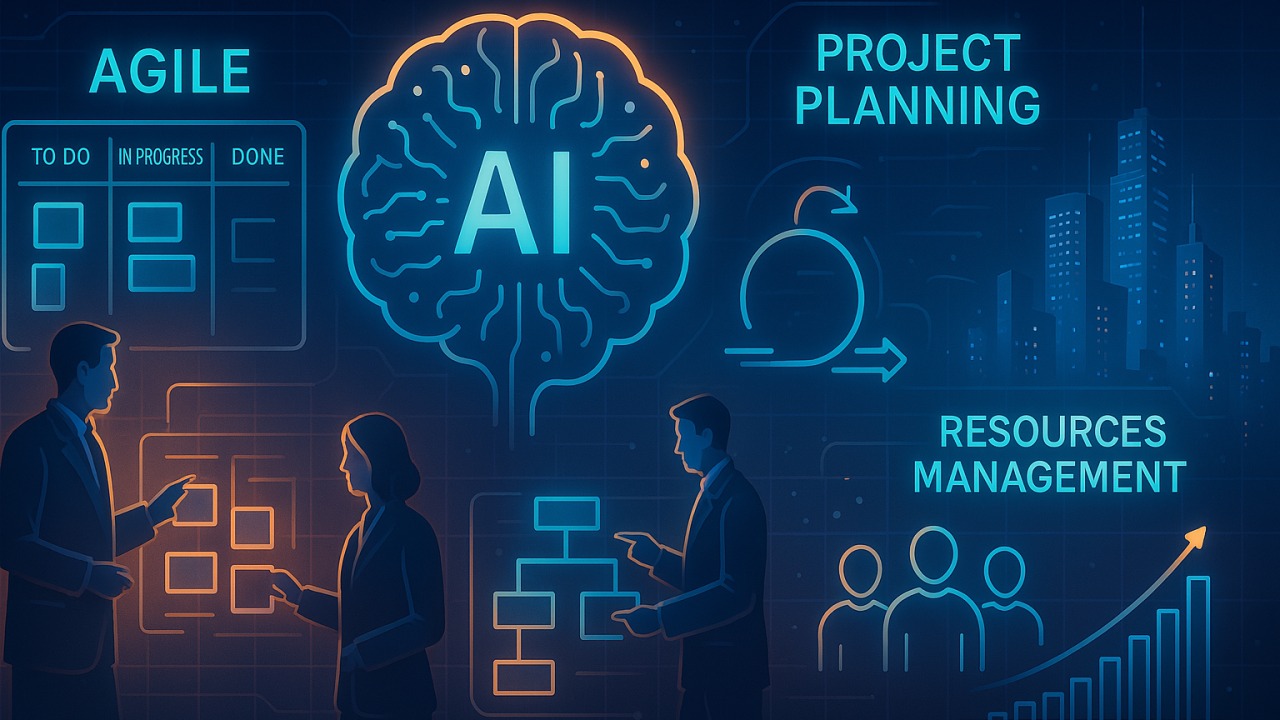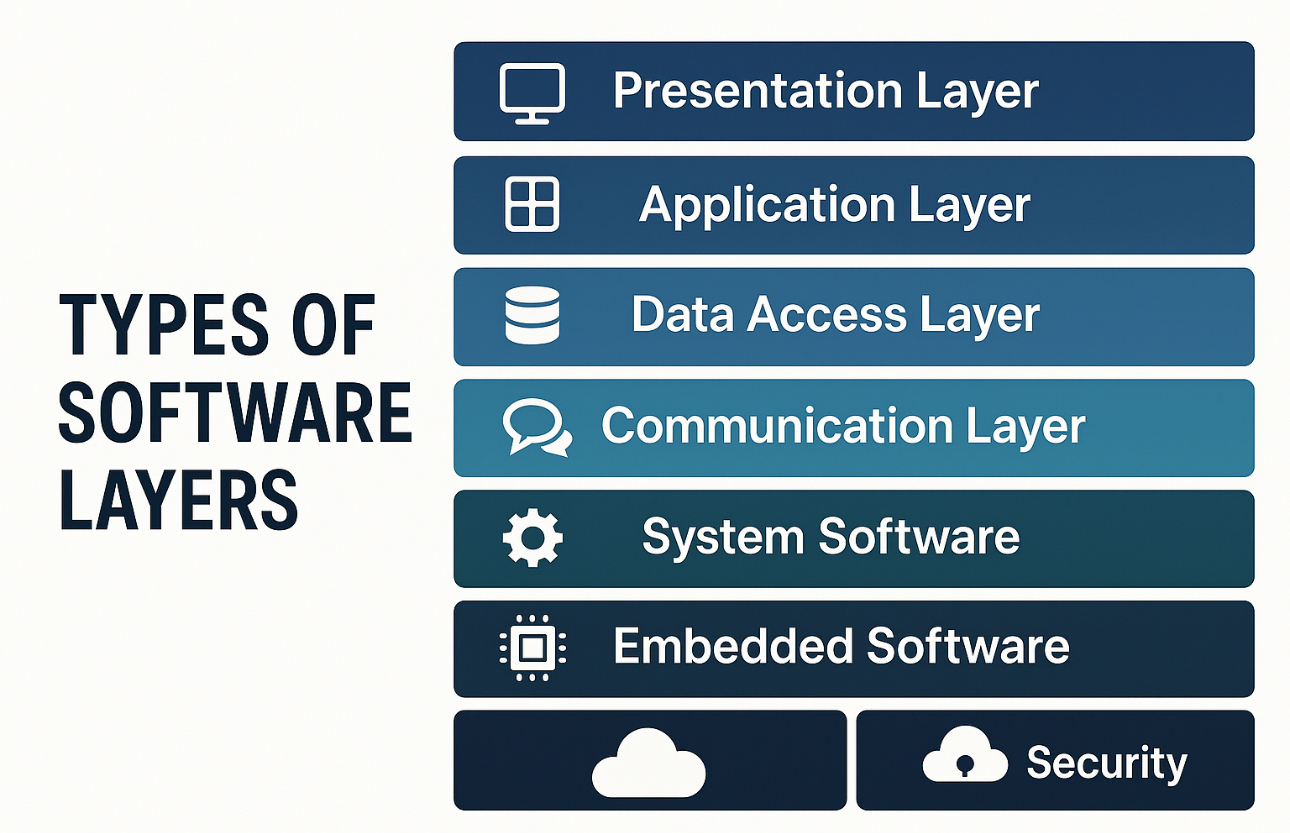
Introduction
As modern web applications grow in complexity, delivering a smooth, responsive user
experience is more critical than ever. Beneath React apps that “just work” lies a
powerful architecture that enables this fluidity: React Fiber and Reconciliation.
In this post, we’ll cover:
• What React Fiber is
• How the Reconciliation process works
• How the Fiber Tree operates
• What performance features they power
• Common pitfalls and practical best practices
What Is React Fiber?
React Fiber is the internal rendering engine introduced in React 16. It lets React break
up rendering work into small units, allowing updates to be interruptible, prioritizable,
and resumable. This is crucial for modern UIs where responsiveness is key.
• Instead of processing all updates in one go, React Fiber can:
• Pause rendering to handle urgent tasks (like typing)
• Resume or discard work if something changes mid-render
• Prioritize tasks based on their urgency
Two key phases:
Render phase (Reconciliation): React calculates what needs to change (interruptible)
Commit phase: DOM is updated (synchronous and fast)
How the Fiber Tree Works
React represents your app as a Fiber Tree, where each component is a Fiber node—
a lightweight JavaScript object that stores info like:
• Component type and props
• State and effect hooks
• Links to parent, child, and sibling nodes
• Flags for changes (insert, update, delete)
• Priority (lane) information
When updates occur:
React creates a work-in-progress tree by cloning the current Fiber tree
It walks this tree during the render phase to compute changes
In the commit phase, the changes are applied, and the new tree becomes current
This structure allows React to pause, resume, or abort rendering work without
blocking the main thread - great for performance.
A Closer Look at Reconciliation
Reconciliation is how React figures out what changed between renders and updates
only what’s necessary. It walks the new virtual tree and compares it to the previous
one, applying smart heuristics:
React’s Reconciliation Rules:
• Same type and key: Update in place; preserve state
• Different type or key: Replace component; reset state
• Stable list keys: Enables React to reorder or preserve items efficiently
• This diffing algorithm powers React's efficiency - it avoids full re-renders by
surgically applying only what's changed.
Why Fiber + Reconciliation Matter
Modern React features rely on the abilities of Fiber and the precision of Reconciliation:
• start Transition: Let non-urgent updates (like list filtering) run in the background
• Suspense: Wait for code or data before rendering, without freezing the UI
• use Deferred Value: Keep UI responsive while deferring heavy computation
• Automatic Batching: Group state updates into fewer renders
• Selective Hydration: Speed up server-rendered app interactivity by hydrating
visible parts first
Who’s Using It?
If you're using React 16+, you’re already benefiting from Fiber and Reconciliation. But
some frameworks leverage them even further:
• Next.js / Remix: Use concurrency for streaming and progressive hydration
• React Native: Uses Fiber for rendering on mobile
• React Server Components: Built on top of the reconciler
Benefits of React Fiber + Reconciliation
• Responsiveness: Prioritized rendering keeps input and animations smooth
• Better UX: No jank during scroll, typing, or state changes
• Predictable State Updates: State is preserved or reset based on component matching
• Feature Unlock: Powers modern APIs like Suspense, transitions, SSR streaming
• Scalable Efficiency: React avoids unnecessary DOM updates even in large apps
Common Pitfalls
• Unstable keys in lists
• Using array indexes as keys in re-orderable lists causes lost state and inefficient
updates
• Unoptimized re-renders
• Passing new object or function references every render can cause cascading
renders
• Misusing transitions
• Overusing start Transition can delay user-visible updates unnecessarily
• Blocking rendering with heavy logic
• CPU-heavy tasks in render functions or effects can block the main thread
Best Practices
• Use stable, unique keys
Avoid array indexes. Use IDs or unique identifiers for list keys
• Memorize props and callbacks
Use Memo and use Callback to prevent unnecessary renders
• Split urgent vs non‑urgent updates
Wrap slower updates (e.g., filtering) in start Transition
• Keep render logic light
Avoid heavy computations in render. Use Memo, Web Workers, or move to the server
• Scope expensive subtrees
Use React. memo to prevent re-renders in deeply nested or heavy components
• Use Suspense and streaming SSR
Improve perceived performance by deferring less-critical UI and loading progressively
The Future of React Performance
• Fiber and Reconciliation continue to drive performance enhancements across
the React ecosystem. Expect more innovation in areas like:
• Server Components with granular streaming
• Faster hydration via selective strategies
• Edge-ready rendering pipelines
Smarter lazy loading and progressive data fetching
Understanding these internals is your ticket to building fast, resilient apps in 2025 and
beyond.
Conclusion
React Fiber and Reconciliation are not just under-the-hood details—they're the
foundation of your app’s performance and responsiveness.
By aligning your component structure, update logic, and list handling with React's
rendering model, you gain:
• Faster apps
• Smoother user interactions
• Easier scalability
Now that you understand the engine behind modern React, you’re better equipped to
build apps that perform beautifully - even under pressure.
Post a comment Cancel reply
Related Posts
Empowering Business Analysts: How AI is Revolutionizing Agile Practices
In today's fast-paced digital landscape, Agile methodologies are no longer optional— they're essential for organizations…
What is SAP? How does it work?
The full form of "SAP" is “Systems Applications and Products in Data Processing” which is…
Optimizing React Performance: An Advanced Guide for Scalable Applications
In today’s fast-paced digital ecosystem, software systems have become the backbone of every enterprise’s technological…
Types of Software Layers
In today’s fast-paced digital ecosystem, software systems have become the backbone of every enterprise’s technological…

















